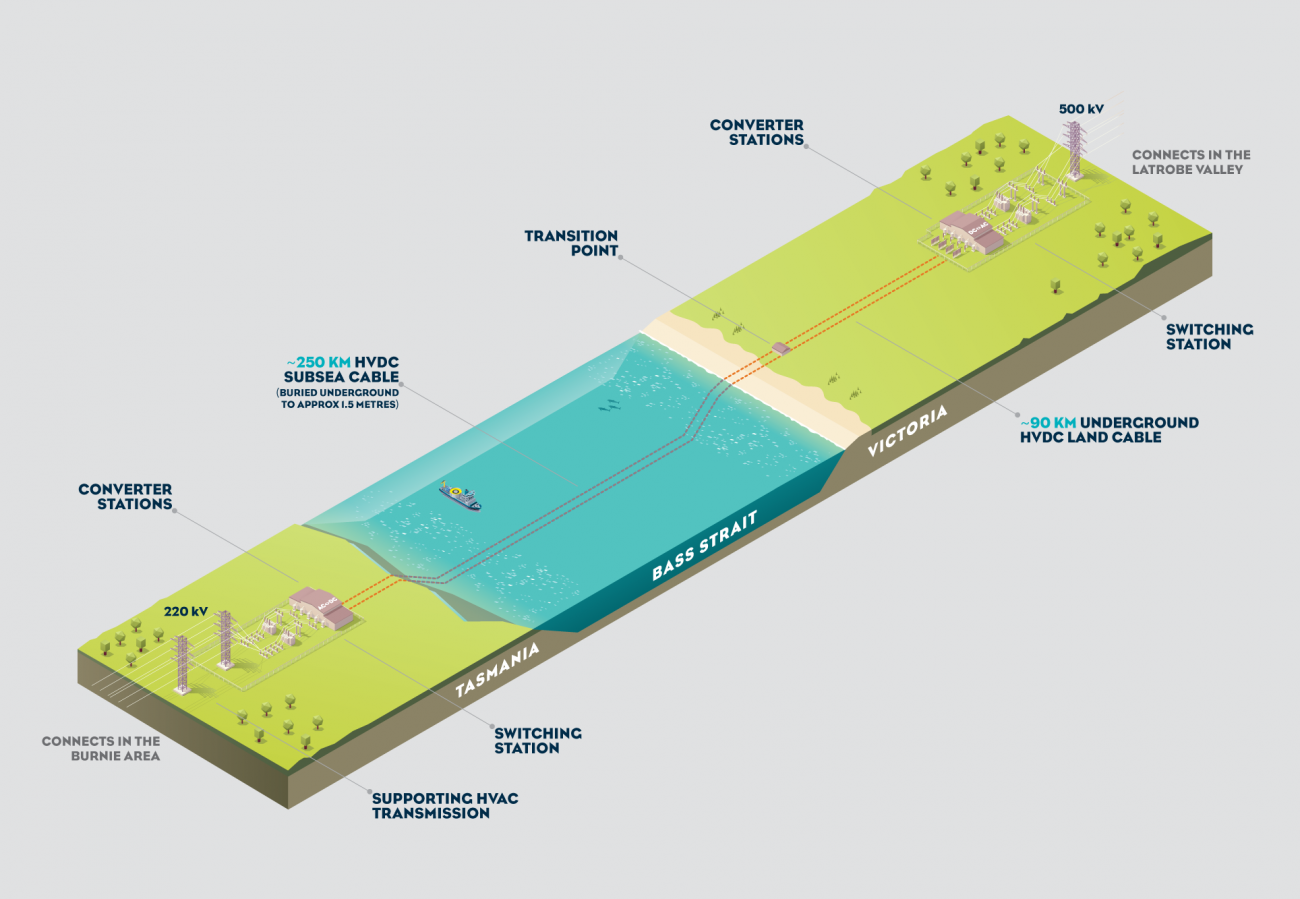Formal environmental assessments are now underway.
The Commonwealth and Victorian governments have determined that Marinus Link will require further assessment and approval under the Commonwealth Environment Protection and Biodiversity Conservation Act 1999 (EPBC Act) and the Victorian Environment Effects Act 1978 (EE Act).
Surveys and investigations are an important part of the environmental approvals process, and the overall progression of the project. Some surveys record the presence of plants, animals and landforms, while some sample rocks and seafloor sediments. Importantly, there are also specific surveys that investigate the cultural heritage significance of a location.
Some of the recent surveys and investigations our field teams have undertaken include:
- Nearshore seafloor ecology and maritime archaeology surveys off Waratah Bay.
- Night ecology surveys, including fauna spotting in Victoria.
- Marine Engineering Geotechnical Site Investigation (MEGSI) survey campaign in Bass Strait.
- Geotechnical investigations in Victoria and Tasmania.
- Penguin survey in North West Tasmania near the proposed converter station.
All surveys and investigations undertaken by Marinus Link provide crucial information to help refine the project’s route final design and construction methodology. They also help us minimise the project’s impact on the environment, community, heritage, and existing infrastructure.
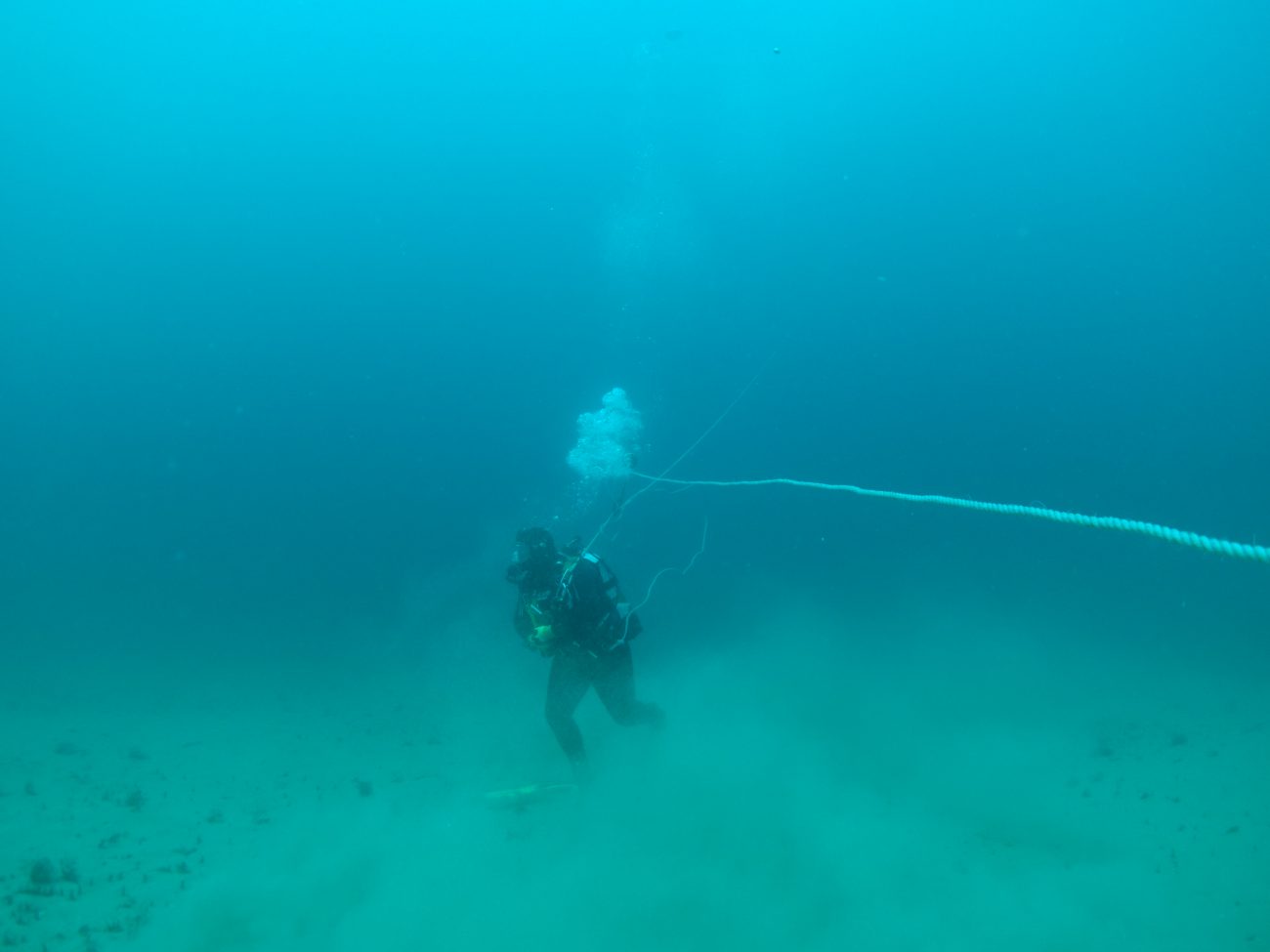
Survey spotlight: geotechnical investigations
Geotechnical investigations provide detailed information about soil conditions allowing engineers working on the project to design the cable system and converter station sites correctly.
Geotechnical investigations commenced in January in both Victoria and Tasmania. The investigations in Victoria focused on the north-eastern section of the proposed route near Driffield. Thank you to the Gunaikurnai Land and Waters Aboriginal Corporation (GLaWAC) for assisting our survey work in this location.
In Tasmania, investigations were undertaken at the proposed converter station site and in the nearby dune area at Heybridge, near Burnie.
In March and April, investigations in Victoria will continue, focusing on areas where the project has approved access. We are very appreciative of the time given by landowners and lessees in discussing the project with us and providing access to conduct this important work.
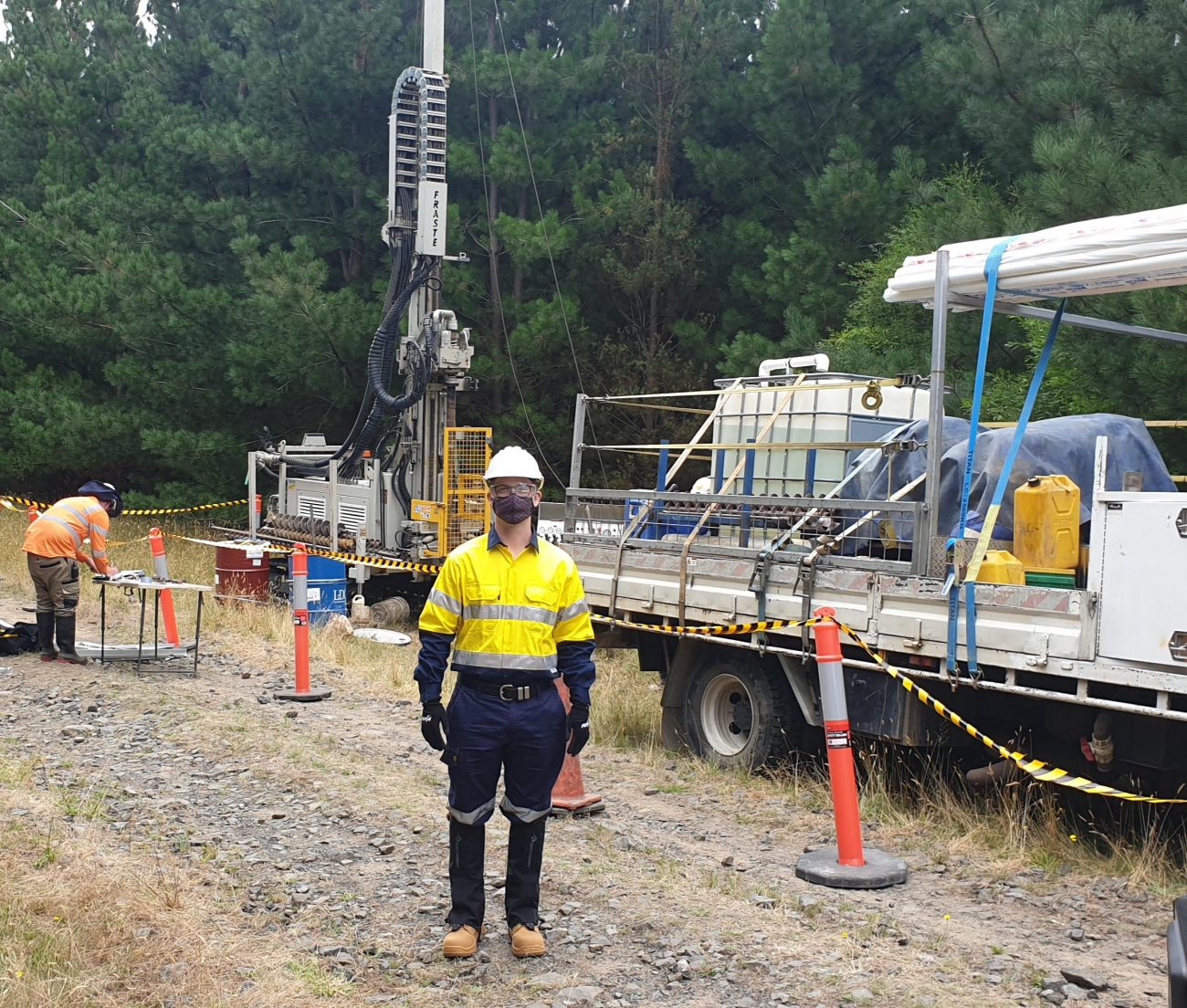
Marine engineering geotechnical site investigation (MEGSI) survey campaign
In February, the 87-metre long TEK Ocean Spirit left the Port of Burnie to conduct our largest ever underwater engineering survey of Bass Strait.
The survey covered approximately 110 sites across the ocean, in sea depths up to 80 metres, to refine the final design and installation methodology for the proposed Marinus Link interconnector cable.
Marinus Link is proud to be supporting Australian businesses such as MMA Offshore, which won the $5.5 million contract to carry out this important work. The survey campaign took approximately six weeks to complete. We will provide a further update on the survey in our next newsletter.
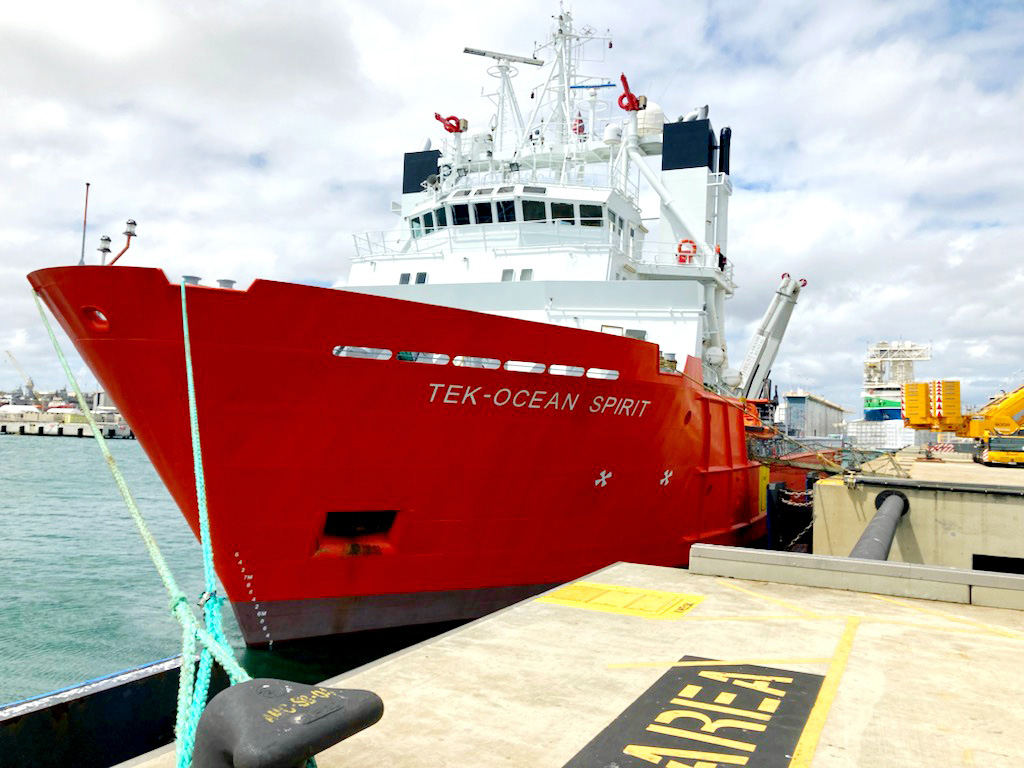
Getting back out in the community
After a challenging year of lockdowns, major weather events and travel restrictions, we are pleased to be back out in the community participating in public events.
A big thank you for those who visited us at the Traralgon Farmers Market, the Leongatha Community Market, the Mirboo North Market, and most recently, Farm World. We had some wonderful conversations and enjoyed answering all your questions about Marinus Link.
We are currently planning a program of events, information sessions and community activities for the rest of 2022.

Meet our growing team: Gippsland
We continue to grow our presence in Gippsland with two additions to the team—Regional Engagement Manager, Kate Lancaster, and Office Co-ordinator, Carlie Jones.
Kate has worked in the region for many years as a journalist and political advisor. She has experience in community engagement in energy and infrastructure industries.
“As a proud Gippsland local, I’m excited about Marinus Link as a key project as we transition to a clean energy future,” Kate said.
“It’s really important that we have meaningful community engagement on this project.”
The team will be supported by Carlie Jones. Carlie is excited about working on a project which has local and national benefits.
“It’s an exciting time for our community as we take on new projects. I’m happy to be a part of it by supporting the community and our project team,” Carlie said.
More details to come on the location of a new office in Traralgon.
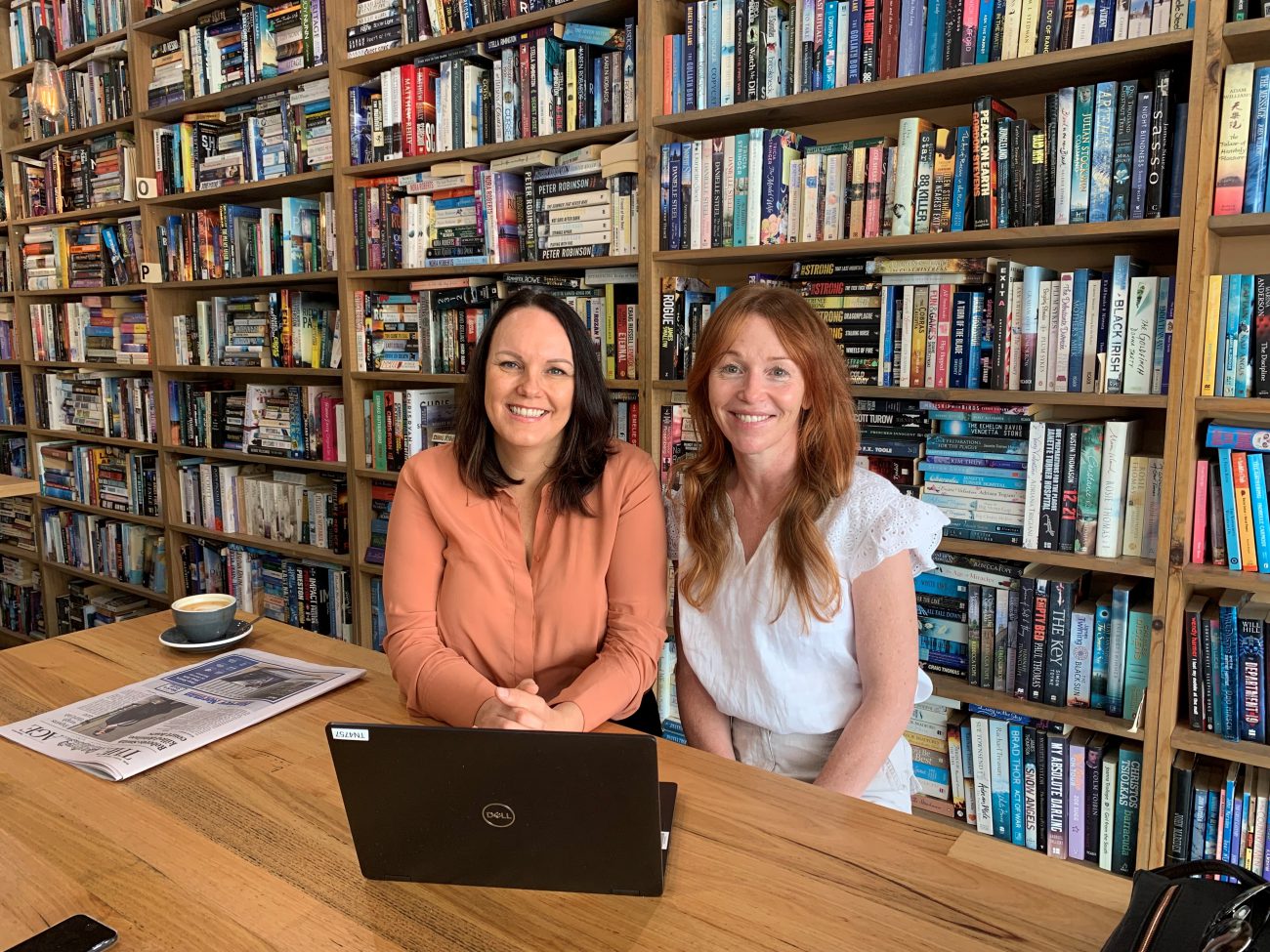
Introducing Marinus Link’s Gippsland Stakeholder Liaison Group
Marinus Link’s Gippsland Stakeholder Liaison Group (GSLG) has now held two meetings since December 2021. The GSLG includes representatives from a range of local organisations who will provide input into initiatives to maximise the benefits of the project, including local economic development plans and the project’s local benefit sharing approach. The GSLG also provides a forum for stakeholders to discuss concerns on behalf of the organisations or communities they represent.
The GSLG is chaired by local Gippsland resident, Jane Leslie. Jane lives in Gippsland with her husband and two children and is passionate about her family, her business, supporting regional development, and the odd Belgian chocolate.
Members of the GSLG include:
- South Gippsland Shire Council
- South Gippsland Landcare Network
- Gunaikurnai Land and Waters Aboriginal Corporation
- TAFE Gippsland
- Committee for Gippsland
- Latrobe Valley Authority
- West Gippsland Catchment and Management Authority
- Gippsland Trades and Labour Council
- Federation University
- GROW Gippsland
Minutes from GSLG meetings will be available on the Marinus Link website at:
marinuslink.com.au/gippsland-stakeholder-liaison-group
Draft 2022 Integrated System Plan confirms the need for Marinus Link
The Australian Energy Market Operator (AEMO) has released the Draft 2022 Integrated System Plan (ISP).
The report confirms the vital role Marinus Link will play in Australia’s optimal path to net-zero emissions, with AEMO stating Marinus Link is ‘fully actionable’ – that means, we need to keep moving to get Marinus Link built as early as possible!
AEMO says progressing Marinus Link and supporting transmission to be in service as early as possible is the correct course of action to optimise benefits for consumers. The report also suggests all brown coal and two-thirds of black coal-fired power stations could be retired by 2032, requiring a significant investment in renewable generation, storage and transmission. The Final 2022 ISP will be released on 30 June 2022.
Answering your questions: Integrated System Plan (ISP) and Marinus Link
What is AEMO?
The Australian Energy Market Operator (AEMO) is responsible for operating Australia’s largest gas and electricity markets and power systems.That includes the National Energy Market (NEM), which connects the power systems of Queensland, New South Wales, the Australian Capital Territory, Victoria, South Australia and Tasmania. They are also responsible for planning Australia’s future energy needs.
What is the ISP and what does it mean for Australia?
Developed by the AEMO, the ISP’s purpose is to establish a detailed whole-of-system plan for proposed power system developments in Australia. The ISP looks forward to ensure the needs of energy consumers in Australia are in line with power system developments.
How often is the ISP published?
The ISP is published every two years.
How far ahead does the ISP look?
AEMO has extended the ISP’s planning horizon through to 2050, to reflect Australia’s 2050 net-zero emissions target.
What does the Draft 2022 ISP say about Marinus Link?
The report says Marinus Link is a fully actionable project that should be built as soon as possible to optimise benefits for Australian energy consumers.
What are the projected financial benefits of Marinus Link?
AEMO calculates that priority transmission projects will deliver $26 billion in net market benefits to consumers, a return on investment of 2.5 times. Of that, Marinus Link alone is set to deliver net market benefits of $4.6 billion.
What is Marinus Link?
Marinus Link is a proposed 1500 megawatt (MW) capacity underground and undersea interconnector between Victoria and Tasmania. It is supported by over 230km of transmission developments in North West Tasmania. Collectively, these projects are known as Project Marinus.
The project will provide Victoria and other states across the National Electricity Market (NEM) with access to Tasmania’s significant dispatchable renewable energy generation and storage resources, keeping lights on, reducing emissions, creating jobs, and putting downward pressure on prices right across the NEM. Marinus Link also has the added benefit of optical fibre, supporting increased telecommunications capacity and route diversity across Bass Strait.
